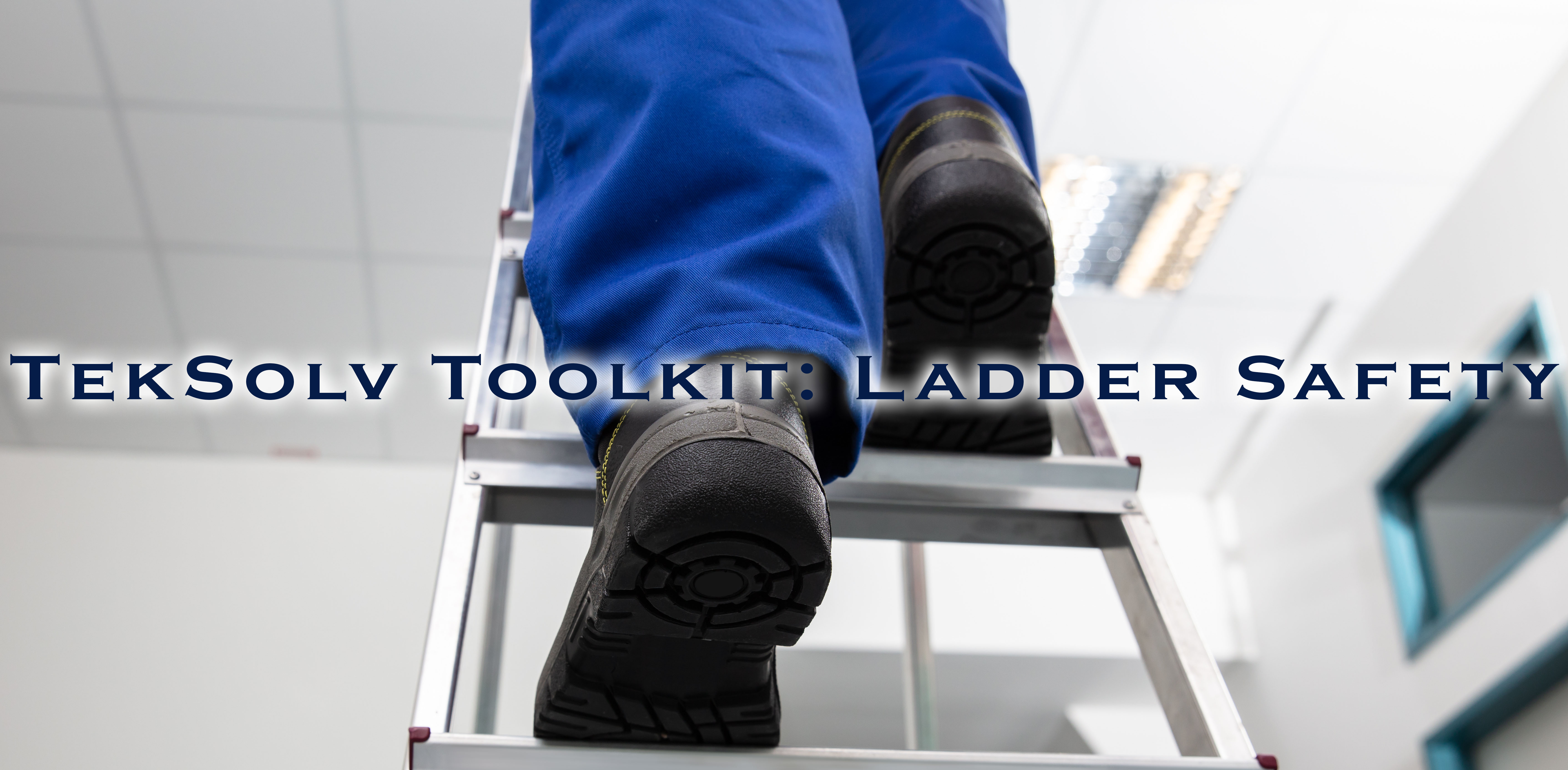
Last updated: March, 2023
Whether working on the job or changing a lightbulb at home, ladder safety is important. Falls from ladders can be just as dangerous and painful as those from a roof. About a third of all reported falls are those from ladders. Many of these falls are caused by improper use of ladders or use of defective ladders.
On average, every two days in the United States, work-related falls from a ladder result in one death and more than 180 injuries. Ladders were also one of the Top 10 Most Frequently Cited OSHA Standards Violated in 2022. According to the U.S. Bureau of Labor Statistics (BLS), in 2020, there were 161 fatal work injuries from which ladders were the primary source. These deaths are preventable. To minimize your risk when using a ladder, whether at home or at work, the following guidelines should be observed.
When Should You Use a Ladder?
When you are trying to reach a higher work area, your first thought may be to grab a ladder or stepladder. However, it may not always be the best option. Consider these questions from OSHA before deciding to use a ladder:
-
Will I have to hold heavy items while on the ladder?
-
Is the elevated area high enough that it would require a long ladder that can be unstable?
-
Will I be working from this height for a long time?
-
Do I have to stand on the ladder sideways in order to do this work?
If you answer yes to any of the questions above, consider using other equipment available. If you must use a ladder, use a platform stepladder, as it has a working platform and handrail barricades on both sides.
Inspect Your Ladder EVERY Time Before Use
Be sure to look for...
- Missing or loose cleats at the bottom
- Missing or loose screws, bolts or nails
- Cracked, broken or split, dented or badly worn rungs, cleats or side rails
- Splinters on wooden ladders
- Corrosion on metal ladders
General Ladder Safety Tips
- Always use the proper ladder that is designed for what you are doing
- Don't set your ladder in a walkway or door opening
- Keep the area at the top and bottom of the ladder clear of tool cords, tools and materials
- Always set the ladder on solid footing
- Use a 25% angle on the slope of the ladder
- When using extension ladders, the top three rungs must extend beyond the landing platform -- or the top of an extension ladder must be 36" above the landing
- Wear the proper footwear (ex. non-slip flat shoes)
- Ensure that the ladder is fully extended before starting work
- Don't lean to the side when you are on a ladder as you may tip over
- Don't carry tools or materials on a ladder as it limits your ability to hold onto the ladder. Use both hands when climbing up a ladder to grab onto the side rails -- if you must move materials or tools up a ladder, first climb up the ladder, then pull up the materials you need with a hand line.
- Only one person on a ladder at time
- Always secure the top of the ladder to prevent sliding
- Never lean a step ladder, always fully open it
- Always face the ladder
- Tie off the ladder, if possible, to increase stability
- Maintain at least three points of contact with the ladder at all times
Workers' Rights from OSHA
Workers have the right to:
- Working conditions that do not pose a risk of serious harm.
- Receive information and training (in a language and vocabulary the worker understands) about workplace hazards, methods to prevent them, and the OSHA standards that apply to their workplace.
- Review records or work-related injuries and illnesses
- File a complaint asking OSHA to inspect their workplace if they believe there is a serious hazard or that their employer is not following OSHA’s rules. OSHA will keep all identities confidential.
- Exercise their rights under the law without retaliation, including reporting an injury or raising health and safety concerns with their employer or OSHA. If a worker had been retaliated against for using their rights, they must file a complaint with OSHA as soon as possible, but no later than 30 days.
For OSHA's regulations and standards regarding ladders, visit www.osha.gov.
